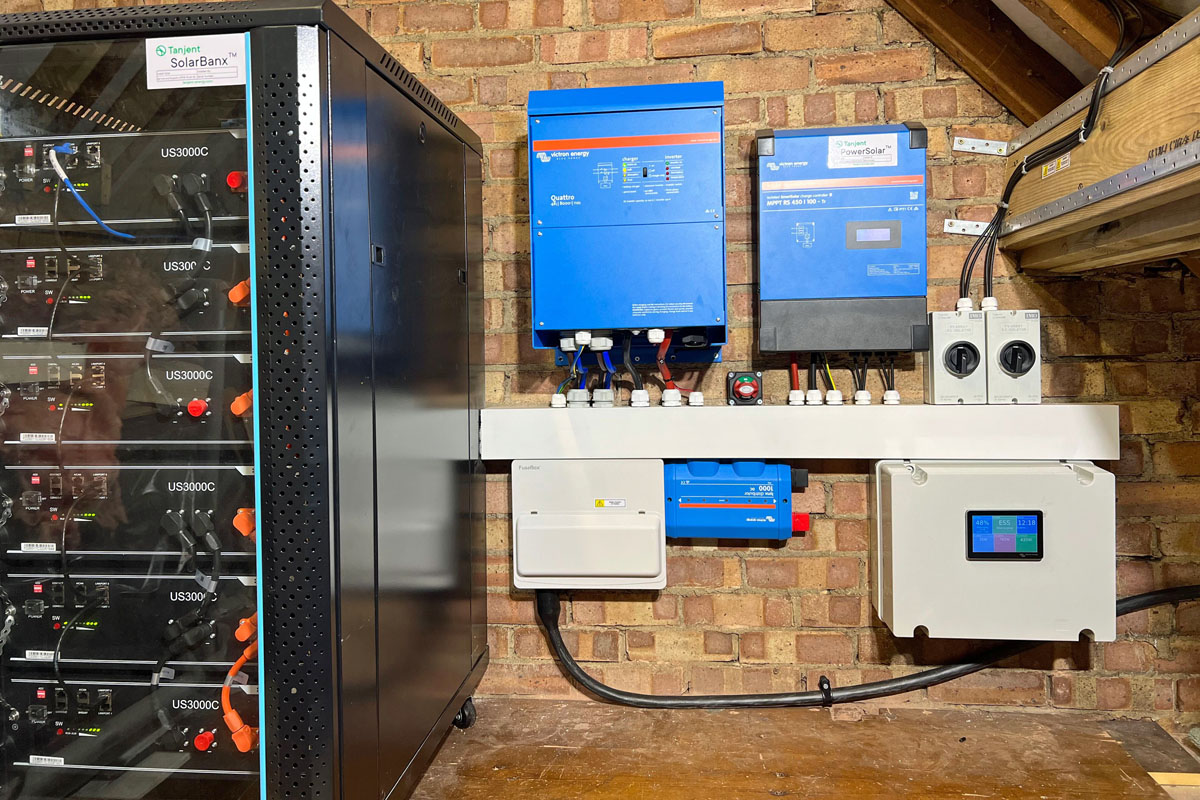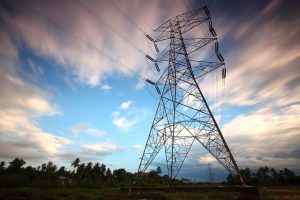Battery energy storage systems, a hallmark of low-emission energy development, “casually kept the lights on” in the United Kingdom during a major disruption in power imports from Norway this month.
On October 8, Norway’s power exports to the UK through the North Sea Link suddenly dropped from 1.4 gigawatts to zero, causing a sharp dip in the UK grid’s frequency and threatening widespread disruptions. Within two minutes, battery energy storage systems (BESS) responded to stabilize the grid and avert the crisis, reports Solar Power Portal.
Grid frequency, measured in Hertz (Hz), indicates how often the alternating current (AC) changes direction in the power grid. It depends on the balance between electricity supply and demand. If supply is too low relative to demand, the frequency drops; if supply exceeds demand, the frequency rises.
Maintaining this balance is crucial because frequency swings can lead to power disruptions, equipment damage, or blackouts. To correct for that risk, grid operators make real-time adjustments, aiming to keep frequency within a tight range of 49.8 to 50.2 Hz around the UK’s standard 50 Hz. Energy storage helps maintain that balance, especially when drawing from intermittent sources like solar and wind, explains engineering.com.
The sudden halt in Norway’s electricity exports saw the UK grid frequency plummet to 49.59 Hz in just two seconds, posing a threat to the system. But the UK energy operator was able to rely on fast-acting frequency services and draw 1.5 gigawatts of power from BESS systems, Roger Hollies, technology chief at Arenko Group, wrote in a LinkedIn post.
Read more: TheEnergyMix






